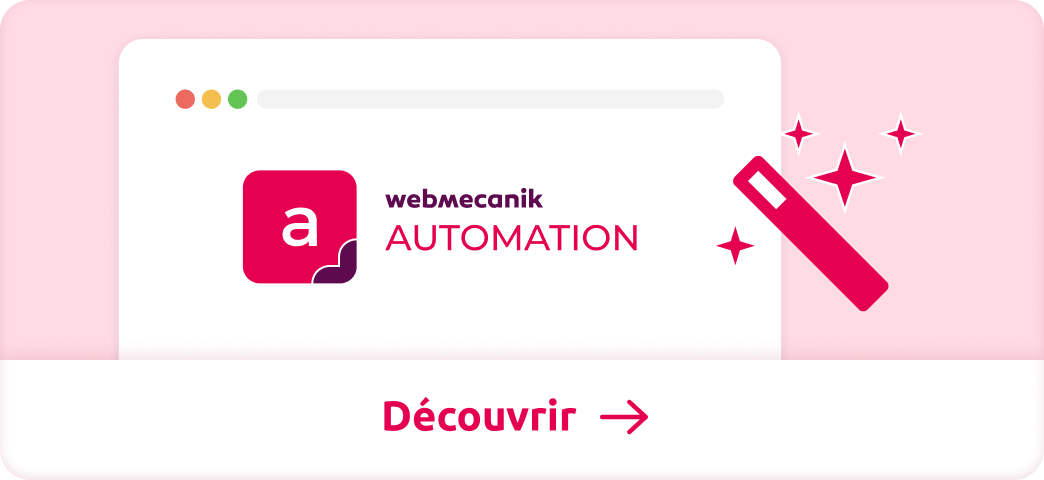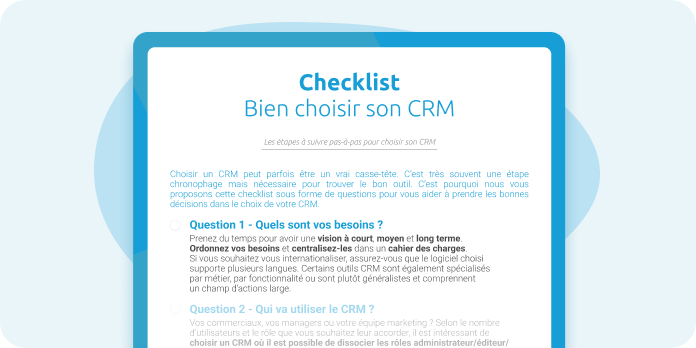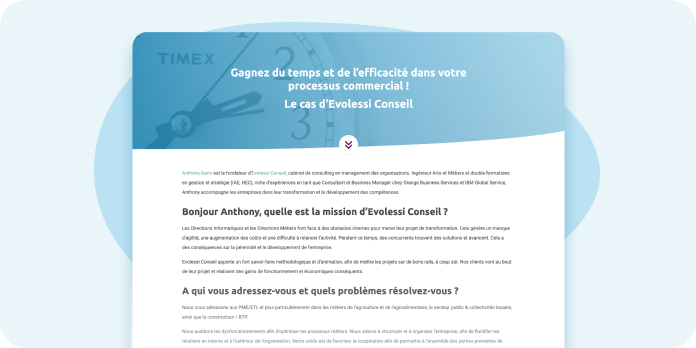When it comes to corporate websites and other more advanced projects, the value of an advanced Web Content Management System (CMS) can be described in many ways. These days, with the recurring problems e.g. around Wordpress, many focus on things like security- but from a marketer's perspective, there is much more to be gained. So let us take a look at TYPO3 as an Open Source CMS which is well-established in the higher-end, and examine the extra value it can give.
Multi-Language
Are you active an multiple markets? With same or different languages, various currencies, overlapping and/or individual content?
Flexible solutions for international websites have always been part of TYPO3's strengths. This includes a smooth end user experience, as well as efficient control in the back-end - a huge game-changer! Even online interfaces for translation providers are available.
Login Areas And Extranets
Deeply integrated into TYPO3 is the concept of front-end user login (including registration, profile etc.), and applying user group based restrictions to all sorts of elements - not only entire pages, but also single content elements, downloads and other assets, data sets, or even designs.
Thus you can easily create a "login area" that gives users access to a wealth of value, which can of course also include personalised interaction, JavaScript apps etc.
By the way, all this is also interesting in the context of inbound marketing: As the traditional landing page form looses traction in many areas, a "create your free extranet account" (or whatever you want to call it) tends to convert much better in many cases!
Editor Roles
Larger sites are always run by teams, not by individuals.
But who will see which interface elements? What parts of the content? Which fields within those parts? What actions are available? Who can handle which languages?
This and many more questions are part of a proper setup.
Content Structures As You Need Them
TYPO3 lets you build and control sites with page trees as large and as complex as you need.
It even allows you to have multiple or even hundreds and thousands of websites with their own (or shared) page trees. Which is even more powerful as these pages can share content as much as desired.
And when it comes to content, there are literally no limits - TYPO3 allows for all sorts of page layouts and placing content elements within.
And keep in mind that content elements can be standard text/media in many flavours, or can be your individually structured elements, or any representation of datasets from other places. These plugins can come from the huge extension repository, but are even more frequently implemented specifically to custom needs (as TYPO3 is a really powerful and solid platform for those extensions).
And, as you may expect, we saved the best for last: TYPO3 has by far the most helpful Mautic-to-CMS integration that you can find out there. As an example, forms can be created directly in TYPO3 and will show up in Mautic (or vice versa.)
The user's language choice on the website is automatically used for Mautic's language version.
Or you can enable TYPO3 editors to stay in their system and create native content (including text, videos, designs, ...) that is targeted only to visitors in certain Mautic segments - which goes way beyond the concept of Dynamic Web Content (DWC), plus it works rock-solid and without any flickering :)
High-End Everywhere?
Short answer: No way. By design, TYPO3 is not meant for everyone - it has quite a learning curve, thus a proper and efficient project takes a lot of experience.
However, if you have the need for a mature CMS platform with enterprise capabilities and limitless extensibility, TYPO3 is a good choice. If you are looking for a well-established Open Source software product with thousands of agency partners across Europe, with a professionally-run project and large ecosystem behind it - then there are few other places to go.










